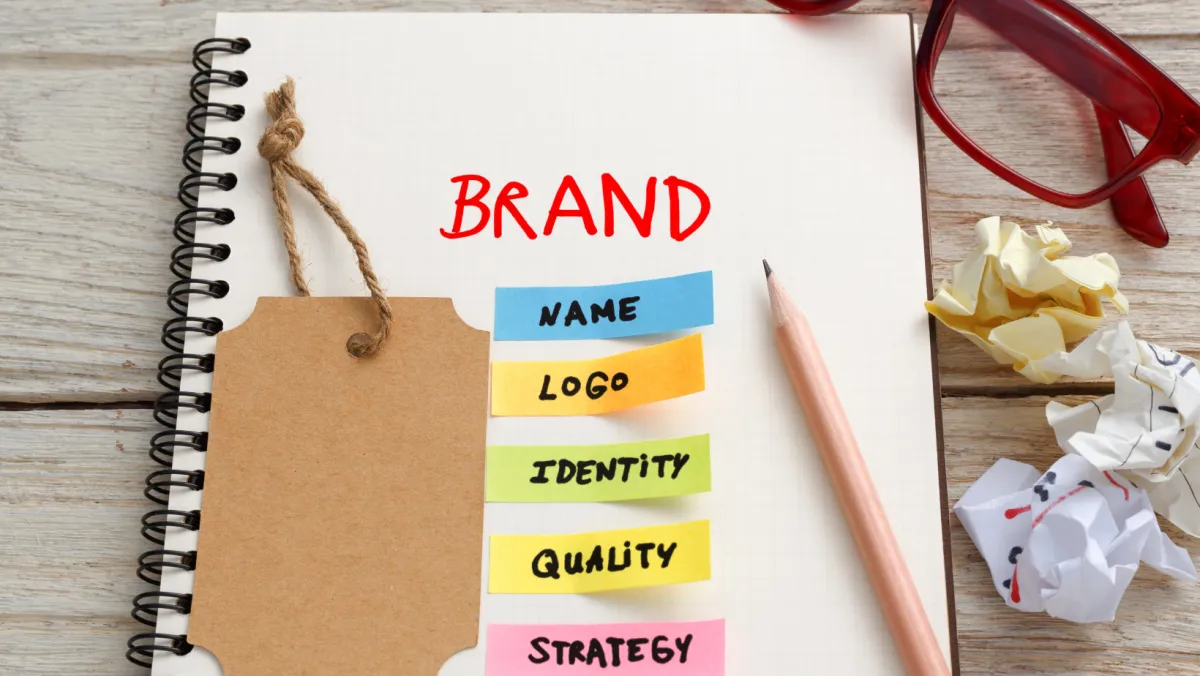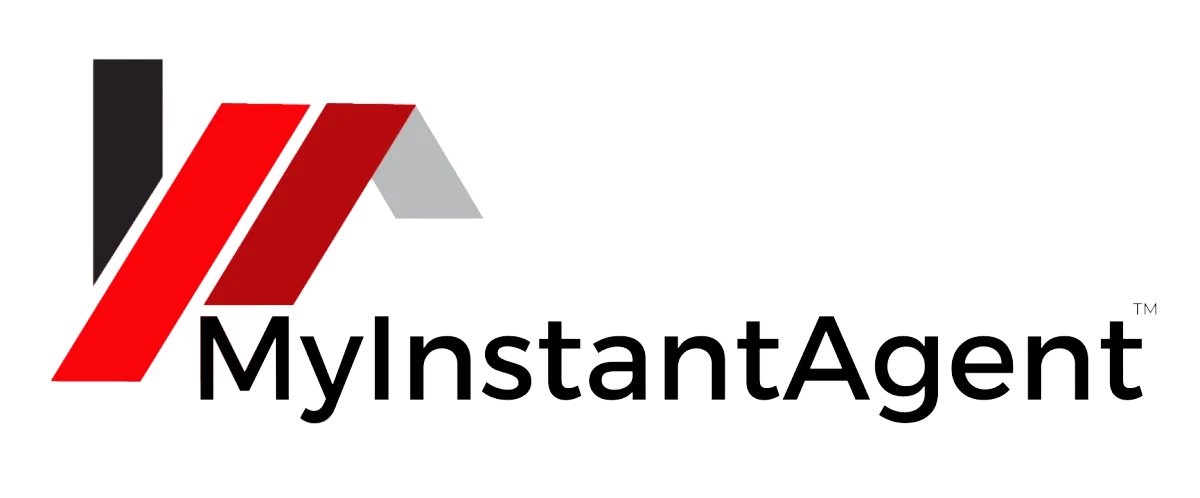New Agent Training - MyInstantAgent

Visual Branding: Creating a Memorable Logo and Design Elements
Understanding Brand Identity in Real Estate
Your brand identity is the visual and verbal representation of your real estate business. It encompasses various elements that come together to create a cohesive and memorable brand image.
Here are key components of a brand identity:
Logo:
Your logo is the visual symbol that represents your brand. It should be unique, visually appealing, and reflect the essence of your business. A well-designed logo helps create brand recognition and builds credibility.
Here are some of the rules that real estate agents must follow when using personal logos:
· Personal logos must not be used in a way that suggests that the agent is affiliated with NAR or any of its affiliated organizations.
· Personal logos must not use the REALTOR® trademark or any other NAR trademarks without permission.
· Personal logos must not be used in a way that is misleading or deceptive.
NAR (National Association of Realtors) also has a number of guidelines that real estate agents should follow when designing their personal logos. These guidelines are designed to ensure that personal logos are professional and that they do not violate any of NAR's rules.
Here are some of the guidelines that real estate agents should follow when designing their personal logos:
· Personal logos should be simple and easy to remember.
· Personal logos should be visually appealing.
· Personal logos should be relevant to the agent's business.
· Personal logos should not be too large or too small.
· Personal logos should be used consistently across all marketing materials.
By following these rules and guidelines, real estate agents can create personal logos that are professional, effective, and in compliance with NAR's policies.
Here are some additional tips for creating a personal logo:
· Get feedback from others: Ask friends, family, and colleagues for their feedback on your logo design.
· Test your logo: Once you have a final logo design, test it out in different marketing materials, such as business cards, flyers, and websites.
· Be patient: Creating a great logo takes time and effort. Don't be discouraged if you don't get it right the first time.
Color Palette:
Select a consistent set of colors that align with your brand personality and evoke the desired emotions. Use these colors consistently across all your marketing materials, including your website, social media profiles, and printed collateral.
Typography:
Choose a set of fonts that complement your brand image and enhance readability. Use different fonts for headings, subheadings, and body text to create visual hierarchy and maintain consistency throughout your brand materials.
Visual Elements:
Incorporate visual elements such as patterns, icons, or illustrations that reinforce your brand identity. These elements add visual interest and help create a cohesive and recognizable brand presence.
Brand Voice:
Determine the tone and style of your brand's communication. Whether it's formal and professional or casual and friendly, consistency in your brand voice helps establish authenticity and builds trust with your audience.
Developing a Professional and Cohesive Brand Identity
Now that we understand the key components of a brand identity, let's explore the steps to develop a professional and cohesive brand:
Define Your Brand Personality: Start by defining the personality of your brand. Is it sophisticated and luxurious? Friendly and approachable? Professional and trustworthy? This will guide the visual and verbal aspects of your brand identity.
Research Your Target Market: Understand the preferences and aspirations of your target market. Conduct market research to gain insights into their demographics, preferences, and values. This information will help you align your brand identity with the desires and expectations of your ideal clients.
Craft a Compelling Brand Story: Develop a brand story that conveys your mission, values, and unique selling points. Your brand story should resonate with your target market and evoke an emotional connection. Use this story to shape your brand messaging and differentiate yourself from competitors.
Design Your Logo: Work with a professional graphic designer to create a distinctive and visually appealing logo that captures the essence of your brand. Ensure that the logo is scalable and can be used across various marketing materials.
Select a Color Palette: Choose a cohesive color palette that aligns with your brand personality and appeals to your target audience. Consider the psychological associations of colors and select hues that evoke the desired emotions in your audience.
Choose Typography: Select fonts that reflect your brand identity and enhance legibility. Pair complementary fonts to create visual interest while maintaining readability across different platforms.
Create Visual Elements: Develop visual elements, such as patterns, icons, or illustrations, that complement your brand identity. These visual elements can be used consistently across your marketing materials to reinforce your brand presence.
Establish Brand Voice: Define the tone and style of your brand's communication. Whether it's authoritative, conversational, or educational, ensure consistency in your brand voice across all channels and touchpoints.
Implementing Your Brand Identity
With your brand identity defined, it's time to implement it consistently across all your marketing channels and materials. Here are some key steps to follow:
Create a professional website that reflects your brand identity. Use your chosen color palette, typography, and visual elements to create a cohesive and visually appealing online presence.
Develop high-quality content that aligns with your brand voice and resonates with your target audience. Use relevant keywords strategically to optimize your content for search engines.
Ensure that your social media profiles, including Facebook, Instagram, LinkedIn, or Twitter, are consistent with your brand identity. Use your logo, brand colors, and brand voice to create a cohesive brand experience across all platforms.
Create printed materials, such as business cards, brochures, or signage, that reflect your brand identity. Use your logo, color palette, and typography consistently to reinforce your brand presence offline. A great tool to use for marketing materials is Canva.com
Ensure that every interaction and touchpoint with your clients reflects your brand identity. From the way you communicate to the level of service you provide, consistency in your brand experience builds trust and loyalty.
Developing a professional and cohesive brand identity is crucial for newly licensed real estate agents to establish their presence and attract clients. By understanding the key components of a brand identity and following a systematic approach to its development, you can create a powerful and memorable brand that resonates with your target audience. Remember to implement your brand identity consistently across all marketing channels and materials, providing a cohesive and authentic brand experience for your clients. Invest time and effort into developing a strong brand identity, and watch as it becomes a valuable asset in your real estate career.

